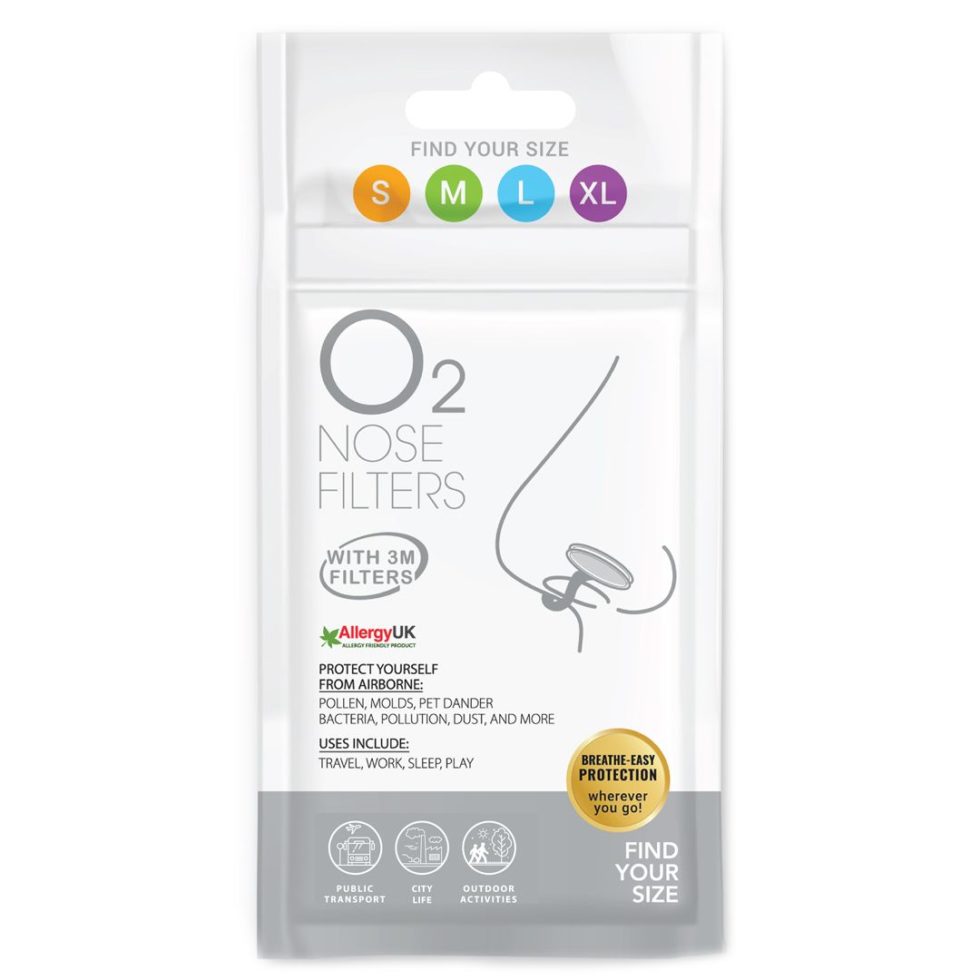Our noses, being an often overlooked but essential feature, have evolved in response to a variety of environmental and physiological pressures over millions of years. While its primary function is to facilitate breathing and support our sense of smell, the shape and structure of the nose has adapted significantly depending on the climate and environment in which different human populations lived in. From cold dry regions, to humid tropical rainforests, the human nose is a product of natural selection that’s fine-tuned to ensure survival in diverse conditions.
Know the Basics of Your Nose
Before delving into its evolution, it’s important to understand the human nose’s primary function. First and foremost, your nose filters, humidifies, and warms or cools the air you breathe before it enters the lungs. It also plays a crucial role in olfaction (the sense of smell), which can be vital for detecting food, danger, or mates. In addition to these roles, the nose’s structure also affects speech and vocal resonance.
The Evolutionary Pressures of Climate
Humans originated in Africa, where the climate is warm and often humid. Early Homo-sapiens likely had broader, flatter noses, which helped to efficiently warm and humidify the air in hot, dry conditions. This shape allowed for better air flow, and the broader nostrils would have helped to more effectively filter out dust and debris, which is particularly important in arid environments. However, as early humans began migrating out of Africa, they encountered new environments with drastically different climates such as cold, dry air in the north and wet, humid conditions in the tropics. This geographic spread introduced evolutionary pressures that shaped the development of the human nose over time.
Narrower Noses in Cold Climates
One of the most well-documented changes in nasal evolution is the development of narrower noses among populations that lived in colder, drier regions. As humans moved northward into Europe and Asia, they encountered colder climates that required adaptations to keep airways warm and moist. In these environments, the nasal passages became more elongated and narrower. This modification served several purposes, such as a narrower nose which allowed for more efficient warming and humidifying of the cold dry air before it reached the lungs.
Studies suggest that the elongated nasal passages also helped to conserve moisture, preventing the body from losing too much water when breathing in dry air. Additionally, the shape of the nose in cold climates may help to increase air turbulence, which further aids in warming the air before it reaches the lungs. This adaptation is most noticeable in populations of northern European and East Asian descent, who often have narrower noses compared to those from warmer climates.
Broader Noses in Humid Climates
On the other hand, populations in tropical and subtropical regions, where the air is warm and moist, tend to have broader and more rounded noses. This shape is thought to help with airflow and cooling of the body. In these climates, a broad nose allows for a quicker exchange of heat and moisture, effectively preventing the body from overheating. The wider nostrils also facilitate better airflow, which is important in environments where intense physical activity is often required in high humidity and heat.
Interestingly, the shape of the nose has also been linked to the amount of moisture in the environment. In tropical regions, where the air is often saturated with moisture, having a broader nose might help to expel excess humidity, keeping the body’s internal systems in balance.
Natural Selection of the Human Nose
Natural selection has likely played a key role in shaping the human nose across different populations. Those with noses better suited to their environment were more likely to survive, reproduce, and pass on their traits. Over thousands of generations, these traits became more pronounced, resulting in the diversity of nasal shapes we see today.
The human nose is a remarkable example of evolutionary adaptation that’s finely tuned to suit the needs of different climates and environments. While the nose is naturally adapted to filter the air we breathe, it’s unfortunately not perfect. Which is why one of the most effective ways to protect ourselves from inhaling harmful particulate matter is by wearing O2 Nose Filters.
O2 Nose Filters have been proven in controlled studies to help protect wearers from inhaling airborne particles such as bacteria, viruses, dust, exhaust fumes, smoke, and other pollutants. Independent laboratory tests demonstrate that 3M’s Advanced Electret Media in O2 Nose Filters block 90% of particulates at PM10 and 65% of particulates at PM2.5. Additionally, O2 Nose Filters are comfortable to wear due to their latex-free design and medical-grade Thermoplastic Elastomer (TPE) materials.
O2 Nose Filters provide inexpensive and effective security to protect people from harmful air pollution, which is why these filters are such an effective solution when it comes to improving our mental and physical health. Nose filters are a discreet, effective option to protect against air pollutants. The O2 Nose Filter uses 3M’s patented AEM™ electrostatic technology to capture allergens, viruses, and other particulates, making them a valuable tool for anyone who wants to drastically limit the pollutants they breathe in daily.






